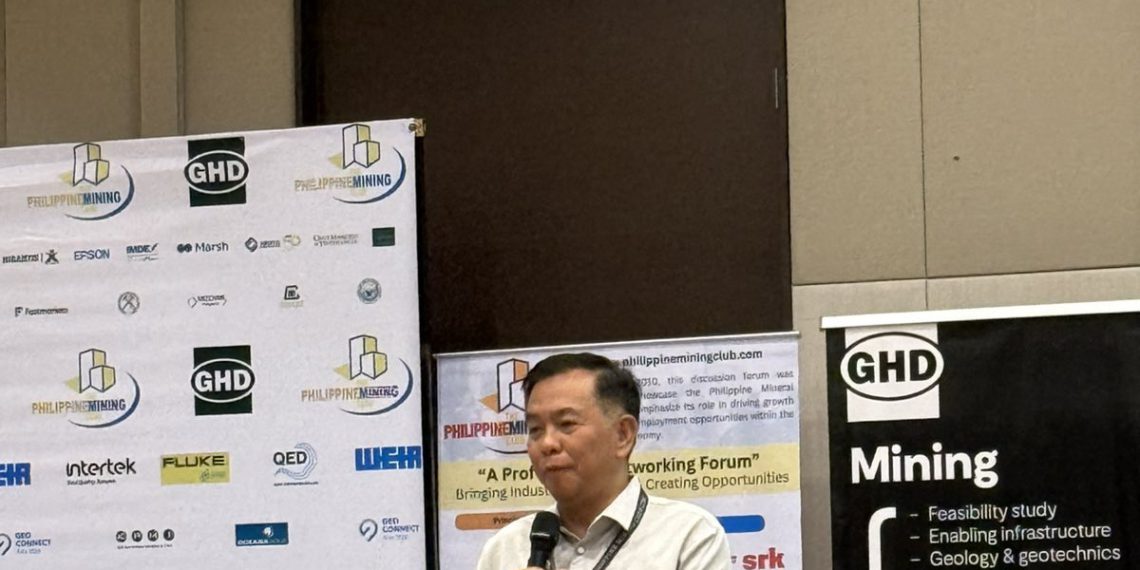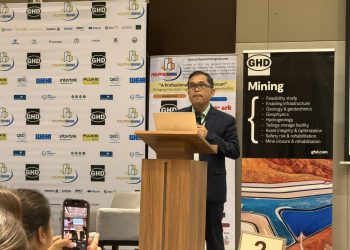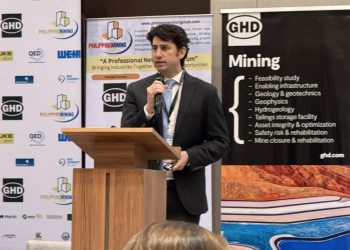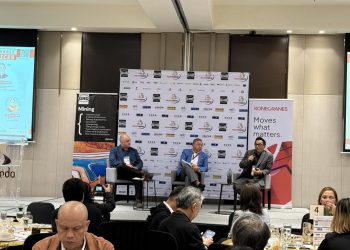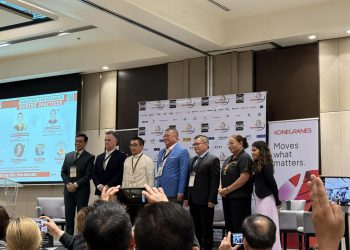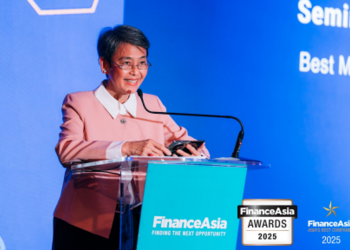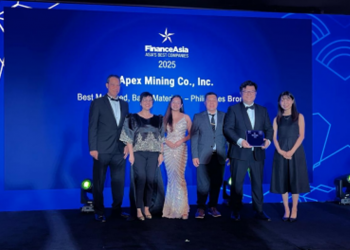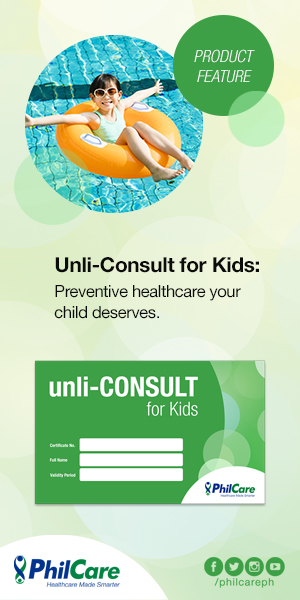The Department of Science and Technology (DOST) is investing in research, testing facilities, and community programs to support the Philippine mining industry’s shift toward sustainability and critical minerals development, according to Undersecretary Sancho A. Mabborang.
Speaking at the Philippine Mining Club Luncheon on September 26 in Bonifacio Global City, Mabborang said the agency’s programs are anchored on four pillars: human well-being, wealth creation, wealth protection, and sustainability. These guide its research and development (R&D) initiatives, science and technology services, and support programs for businesses and communities.
Mabborang highlighted that under the Harmonized National R&D Agenda for 2022–2028, DOST is focusing on metallic, non-metallic, and critical minerals, as well as rehabilitation of mined-out areas. He said the department has earmarked PHP300 million for a critical minerals R&D roadmap covering 2026 to 2028, with the long-term goal of positioning the Philippines as a hub for critical minerals and green technology applications, especially for electric vehicles.
To strengthen technical capabilities, Mabborang cited DOST’s network of testing laboratories that provide chemical, microbiological, and calibration services, along with its scholarship programs in mining-related fields such as chemistry, geology, and metallurgical and mining engineering. Flagship facilities include the Gold-Copper Mineral Processing Pilot Plant in Davao de Oro, the Geotechnologies for Mineral and Environmental Laboratory in Mindanao, the CLEANGEM mercury-free gold extraction method piloted at UP Diliman, and the Caraga Mineral Testing and Research Laboratory in Butuan City.
He added that DOST also extends peripheral support to small and medium enterprises through the Small Enterprise Technology Upgrading Program (SETUP), as well as to communities near mining areas through the Community Empowerment through Science and Technology (CEST) program. These provide financing, technical assistance, livelihood development, health, disaster risk reduction, and education interventions.
Mabborang called on the mining sector to partner with DOST in joint R&D projects, make greater use of laboratory and testing services, employ DOST scholars, adopt Industry 4.0 technologies such as robotics and automation, and collaborate on science-driven community programs.
“At the end of the day, what we want in DOST is to work with the mining industry stakeholders in utilizing science, technology, and innovation to provide solutions and opportunities for all,” Mabborang concluded.
How can stronger partnerships between government science agencies and mining companies accelerate both sustainable development and technological innovation in the sector?
Follow Ang Minero on Facebook and LinkedIn for more updates.



